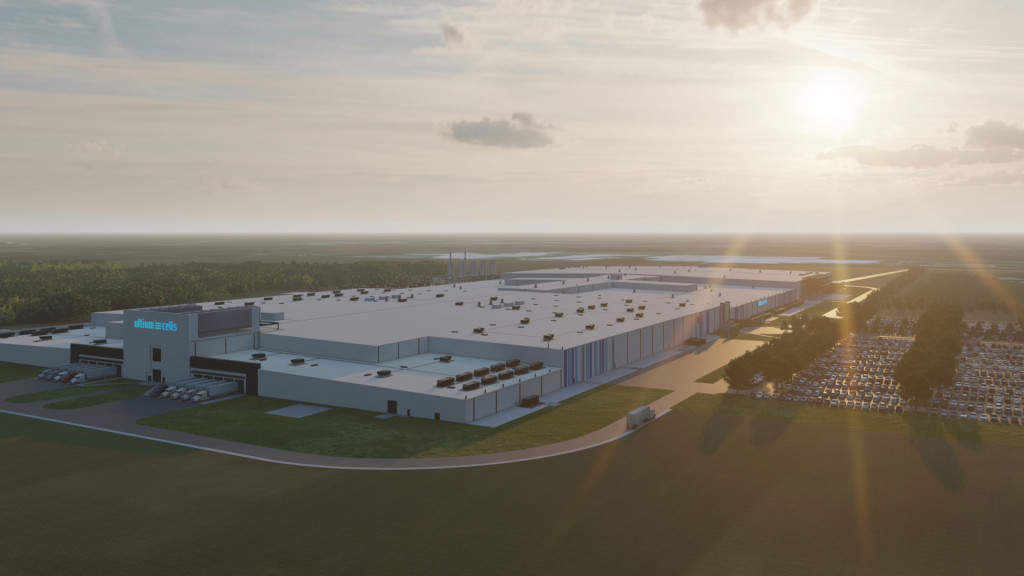By 2030, the United States could potentially outpace China in producing more cost-effective electric vehicle (EV) batteries, as indicated by a recent analysis by Benchmark Mineral Intelligence, as reported by Politico. However, this projection is contingent on the Biden administration’s continued support for current battery manufacturing initiatives.
The projected cost reductions hinge on the utilization of tax credits from the Inflation Reduction Act (IRA). The legislation, enacted in 2022, has already catalyzed a surge in battery investments by offering a manufacturing tax credit of up to $35 per kilowatt-hour (kwh) for domestically produced cells until 2029.
Factoring in these tax credits, analysts predict that the average cost of U.S. battery production at the cell level could plummet from $118 per kwh presently to $76.8 per kwh by 2029. This cost efficiency would position U.S. battery facilities as the most economical globally, potentially erasing China’s current competitive advantage and fostering increased exports from American plants.

Rendering of planned General Motors Ultium Cells Lansing battery plant
A critical factor in this scenario is the allocation of funds for battery manufacturing tax credits under the incoming administration. While the IRA has potentially safeguarded these incentives by generating job opportunities, discretionary decisions by the administration could impact the availability of battery subsidies. During his campaign, Trump reportedly considered eliminating EV incentives in exchange for a substantial donation from the oil industry.
Despite the presence of tax credits, achieving more affordable EV batteries in the U.S. faces additional challenges. If EV demand does not escalate as anticipated, companies may terminate projects, as highlighted in the report. Since the enactment of the IRA in August 2022, 23 new battery factories have been proposed, aiming to elevate the total count of U.S. battery facilities to 40. However, over a third of these proposed projects have yet to commence construction.
The report also notes that the average construction duration for new battery plants in North America is 30 months, compared to 20 months in China. Factors such as unionized workforces and limited access to refined battery materials further elevate production costs in the U.S. relative to China. Nevertheless, cost efficiencies are anticipated once these factories become operational.

Ford Blue Oval City – rendering of manufacturing complex in Tennessee, September 2021
Nonetheless, the IRA is bolstering the economic rationale for domestic battery production, as emphasized in the report. LG Energy Solution reported earlier this year that IRA tax credits had transformed its operating income from a loss of 235 billion won (approximately $180 million) to a profit of 195 billion won ($138 million) in the second quarter. Similarly, Panasonic indicated that tax credits had elevated its earnings margin from 7% to 18% for the fiscal year concluding in 2024.
The affordability of batteries directly influences the cost of electric vehicles, potentially exerting a more profound long-term influence on EV adoption than direct vehicle purchase tax incentives. A recent study by the Stanford Institute for Economic Policy Research (SIEPR) suggested that while IRA tax credits have contributed to emission reductions and stimulated U.S. manufacturing, their effectiveness is debatable as they predominantly benefit individuals already inclined to purchase an EV.

